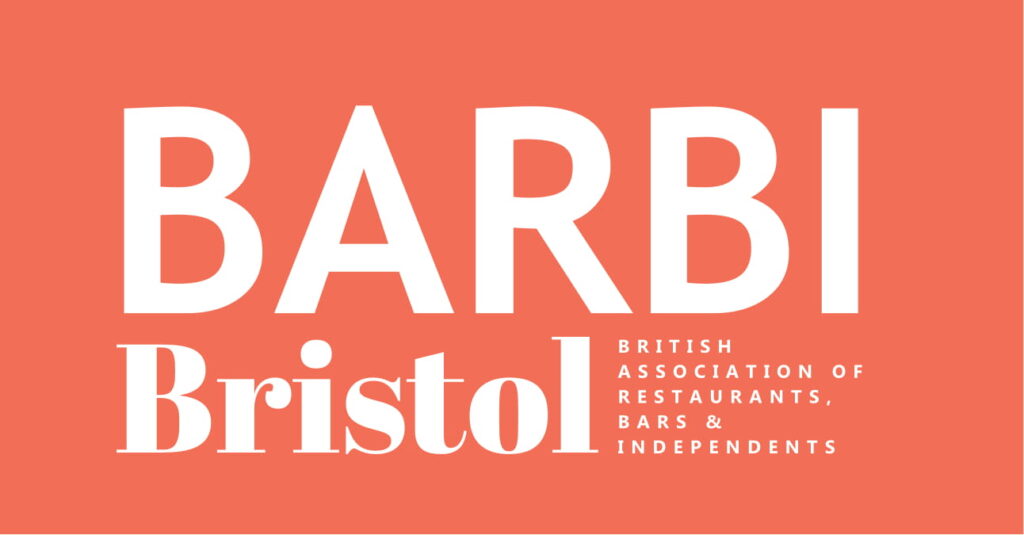The evolution of nightclubs demonstrates that nightclus have always been a big part of our culture. Whether we refer to nightclubs are dancehalls, discos or simply bars, it’s clear to see that nightlife has been evolving for over a century. It’s ever-changing, constantly dependent on popular trends and movements.
We take a look at the key stages of the nightclub evolution, and ask ourselves what’s next for nightlife?
Jazz Clubs
Jazz clubs were a popular source of entertainment in the 1920s, enjoying a resurgence in the 1980s. The jazz music style was synonymous with the culture of the Jazz Age. Many young people visited these clubs to mingle and socialise. As the popularity of jazz music declined, so did the popularity of jazz clubs.
Dance halls
In the 1950s, dance halls were the second biggest entertainment industry (shortly falling behind cinemas). People socialised, met new friends, listened to live music and danced. Dance hall music included ballroom dance music right through to swing or jazz. As popular music began to shift from typical dance hall tunes, these venues evolved into discos.
Discos
The disco movement emerged in the 1970s. Dance records boomed in popularity and disco club scenes thrives. New dance styles were developed, extravagant fashions were created, and people flocked to disco clubs across the country.
Disco music evolved into house and electronic music which is still popular in many nightclubs today.
Student nights
In the 1980s, nightclubs found a new way to increase revenue during midweek lulls. Students were typically found in Student Union venues, so inner-city clubs began to promote midweek student nights to draw in new custom. Discos were reimagined as nightclubs, and the music played at these venues followed popular trends.
Nightclubs
Oxford Languages currently defines a nightclub as “an entertainment venue that is open from the evening until early morning, having facilities such as a bar and disco.” This definition is met by any previous rendition of the nightclub format we’re so used to these days.
Modern clubbers expect bright lights, plenty of room on the dance floor and a fully stocked bar. These night-time venues have evolved through the years to be the clubs we all know and love today. But times are changing, and we may see a shift in the way we view and interact with clubs in the coming years.
The evolution of nightclubs in the future
As we’ve discussed in previous blogs, the future of nightclubs is still uncertain. Upcoming generations want different things. They’re more health conscious, enjoy great value for money and crave unique, memorable experiences.
Live music, enhanced technology (such as an ordering app or projection technology) and unique USPs are likely to boost the popularity of nightclubs in the future.
Hybrid venues are likely to rise in popularity, signalling a new era of nightclubs. Hybrid venues offer a daytime offering and nightlife scene too. From coffee and brunch in a morning through to cocktails and live music at night, these places provide ample opportunity for guests to stay all day. It’s ideal for groups of day drinkers, yet similarly appeals to those who just want to experience one part of the club’s offering.
There will always be a place for nightclubs in their current form, but perhaps niche venues will specialise in becoming a clubbing paradise. In the same way the UK still has dozens of jazz clubs (despite these dipping in popularity through the years), we doubt we’ll ever see the end of ‘traditional’ nightclubs. It just may well be that some night-time venues diversify and evolve to meet wider consumer needs.
Keep ahead of the trends
NDML partners with the NTIA and other major industry associations to make sure our customers always have the best support. We’re passionate about your industry and want to safeguard the future of nightlife. Find out more about us here.







